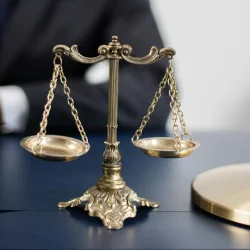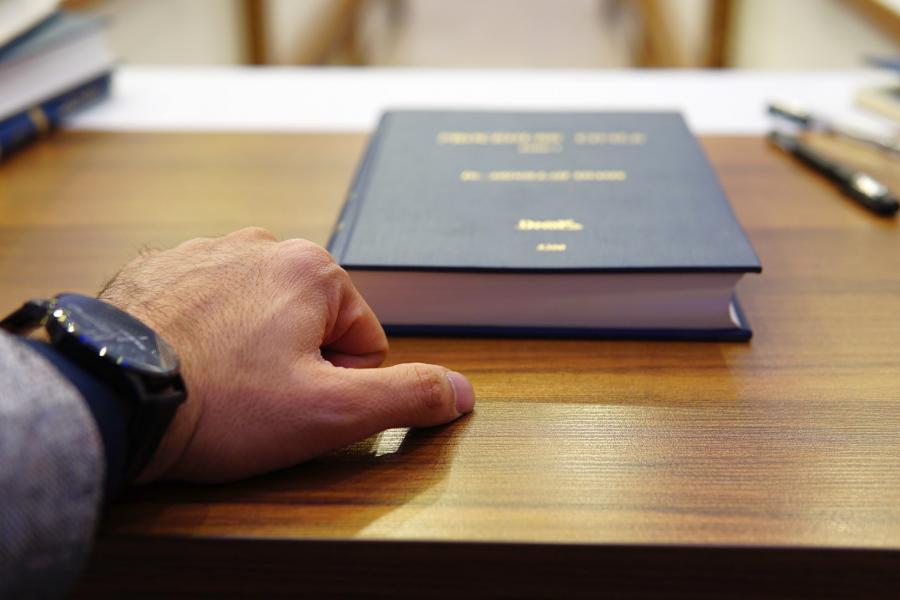What is product liability? What are the different types of product liability claims?
Product liability is an area of law where the seller or manufacturer of a defective product is responsible for any damage to personal property or injury the product causes. Whether it is a defective tire, airbag, seatbelt or car seat, product liability applies to them all. Product liability also applies to unsafe toys, medical devices like pacemakers, cribs for infants, and pharmaceutical drugs.
Every year, thousands of people incur injuries from defective products that turn out to be dangerous as well. When the seller puts the defective product in the hands of the customer, he or she becomes liable for the subsequent injuries or damage. All the suppliers and sellers of the product within the distribution chain share the responsibility for the product defect. In simple words, the law requires the product in question to meet the expectations of the customer. When a product poses an immediate danger to the user's health or personal property, it does not meet those expectations.
Interestingly, although thousands suffer from injuries caused by unsafe products or defects in products, no federal product liability laws exist. The product liability laws vary between the states and those of Los Angeles, CA can be very different from the laws in Arizona and Nevada. The state laws in combination with the theories of strict liability, negligence and the breach of warranty help in bringing together product liability claims in LA. Additionally, the Uniform Commercial Code in each state inspires its set of commercial statutes that include the warranty rules of that particular state influencing the liability for a product. Visit www.hersheyinjurylaw.com/personal-injury-attorney-los-angeles to learn more about the product liability laws in LA.
Who can file a product liabilities claim?
There was a time when the "privity of contract" or a contractual relationship between the seller and the user of the product had to exist for the injured person (user) to recover compensation. However, it is no longer compulsory in Los Angeles for the injured to possess the "privity of contract." It implies that the injured user and the buyer do not have to be the same person. Any person, who could have used the product can file a product liabilities claim for his or her injuries. For example – if your friend was to borrow your phone charger, that caught fire while he or she was charging the phone. He or she could file a claim with the seller and manufacturer of the company, although the injured party will not be the purchaser in such a scenario.
Who is responsible for your injuries?
Any party or individual in the chain of distribution of the product can be responsible or share liability for a product defect. For example –
- The manufacturer of the product
- The manufacturer of the components of the product
- The party handling the assembly process
- The wholesaler supplying to the retailer
- The retail store selling the product to the consumer
However, if someone is selling a defective product at a yard sale, he or she will probably not be liable in a liability action lawsuit. A registered business or an authorized seller must sell the defective product for the strict liability to apply.
What are the fundamental types of product liability claim?
Almost every state has a basic set of laws that apply to the defective product claims. Now, for filing a defective product liability claim, you must not only show that the product is flawed, but you must also be able to prove that the defect has resulted in your injury. Here are the different types of product defects that can result in personal injury –
- Products with manufacturing defects
Have you ever bought a new swing set for the yard and found the chain to be cracked? Have you ever come across a bottle of digestive enzymes that tasted "funky" in spite of being within its expiry date? These are all examples of manufacturing defects. The manufacturer could have made a mistake while manufacturing these products. In most of the cases, the problem lies at the production level at the manufacturing plant or the factory.
If the user sustains injuries from using these defective products, then he or she can have a manufacturing defect claim. However, it is imperative that the user shows that it was the particular flaw of the product and not his or her choice of actions that resulted in the injury or damage.
- Products with design defects
When the design of a product is inherently defective or dangerous, the user or injured party can file a defectively designed product liability claim with the company. It is entirely different from a manufacturing defect claim. Since the defect does not lie at the manufacturing level of one product or a line of products, but with the design of a model or make, the injured party can file a design defect claim. In most of the instances of a design defect claim, the manufacturer claims that the injury-causing product meets all the specifications of design and safety.
For example – you may have come across epilators that repetitive nick skin while removing body hair. Or, you may have heard of electric blankets that electrocute the user. In both cases, if those are not isolated incidents of injury resulting from the use of a product, the user might be looking at a defective design lawsuit instead of a defective manufacturing lawsuit.
- Products with marketing defects
We come across these far too often. There are no flaws in manufacturing or design but in the marketing strategy of these products — for example – hair straighteners that do not come with the warning that the straightening plates might be too hot to touch. Or, a cough medication that does not have the side-effects like sleepiness, confusion or dizziness listed on its label.
The injuries resulting from the use of these products do not come from manufacturing flaws or design failures. They come from the ineptness of the marketing team. The failure to warn the users of the potential dangers and threats can result in a potential failure-to-warn claim.
If you have experienced any injury while using a particular product, you might want to speak with your personal injury lawyer in Los Angeles to find out the nature and possible compensation of your liability claim.
More to Read:
Previous Posts:







